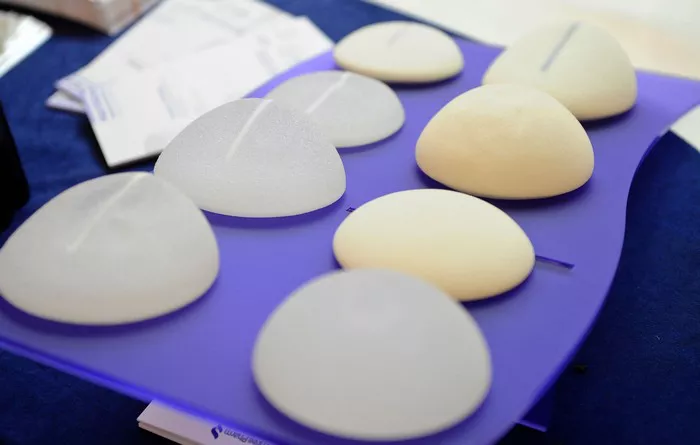Breast augmentation surgery is a popular cosmetic procedure that aims to enhance the size and shape of the breasts. Many individuals considering breast implants often wonder about the phenomenon of “dropping and fluffing.” This term refers to the changes that breast implants undergo in the months following surgery, where the implants settle into a more natural position and the breasts appear fuller and softer. Among the questions that arise is whether implants actually get bigger during this process. In this article, we’ll delve into the concept of dropping and fluffing, the factors that contribute to these changes, and the perception of increased implant size.
Understanding Dropping and Fluffing
“Dropping and fluffing” is a term commonly used in the context of breast augmentation to describe the natural evolution of breast implants after surgery. Initially, after the procedure, the implants may appear high on the chest and feel firmer due to swelling and tissue tightness. Over time, typically a few weeks to several months, the implants settle into a more natural position, the skin stretches, and the breast tissue adapts to accommodate the new implants. This process leads to a softer, more natural appearance and feel.
Factors Contributing to the Process
Several factors influence the dropping and fluffing process, which includes the perception of implants appearing larger:
Implant Type and Size: The type and size of the implants used in the procedure play a significant role. Implants with a textured surface or those placed under the muscle may take longer to settle compared to smooth-surfaced implants placed above the muscle.
Tissue Expansion: As the body heals from surgery, the breast tissue and skin gradually expand to accommodate the new implants. This expansion contributes to the softened and more natural appearance.
Muscle Relaxation: If the implants are placed under the muscle, the pectoral muscles need time to adjust and relax. As the muscles settle, the implants move into a more natural position on the chest.
Swelling Subsidence: Post-operative swelling can affect the initial appearance of the breasts. As swelling subsides, the true size and shape of the implants become more evident.
Natural Settling: Like any foreign object introduced to the body, breast implants require time to integrate with the surrounding tissues. As the body adjusts, the implants settle into their final position.
Perception of Increased Size
While breast implants do not actually increase in physical size during the dropping and fluffing process, they can appear larger due to several factors:
Improved Projection: As the implants settle, they project more naturally from the chest wall, creating the illusion of increased size.
Natural Contouring: The implants become better integrated with the breast tissue, resulting in smoother and more natural contours. This can give the appearance of larger breasts.
Enhanced Proportions: The improved position and symmetry of the implants contribute to a more balanced and visually appealing breast appearance.
Softer Texture: The gradual softening of the breast tissue around the implants can lead to a more “rounded” and fuller appearance.
Managing Expectations
It’s important for individuals considering breast augmentation to have realistic expectations about the dropping and fluffing process. While implants do not physically enlarge, the improvements in projection, contour, and symmetry can create the perception of increased size. Medical professionals emphasize the need for patience during the post-operative phase, as the final results become apparent gradually.
Conclusion
The concept of implants getting bigger when they drop and fluff is a nuanced one. While breast implants do not actually increase in size, the dropping and fluffing process leads to a more natural appearance, improved projection, and enhanced proportions. Factors such as implant type, tissue expansion, muscle relaxation, and swelling subsidence contribute to these changes. Individuals considering breast augmentation should have realistic expectations and understand that the process takes time. Consulting with a skilled and experienced plastic surgeon is essential to achieving the desired outcome and understanding the nuances of dropping and fluffing in the context of breast augmentation.


